LoessHillsArcher
PMA Member
The Dbltree rye mix contains rye, oats, peas, radishes, and clover. You plant those all in the same plot, do not plant them seprately. I think that answers your question?


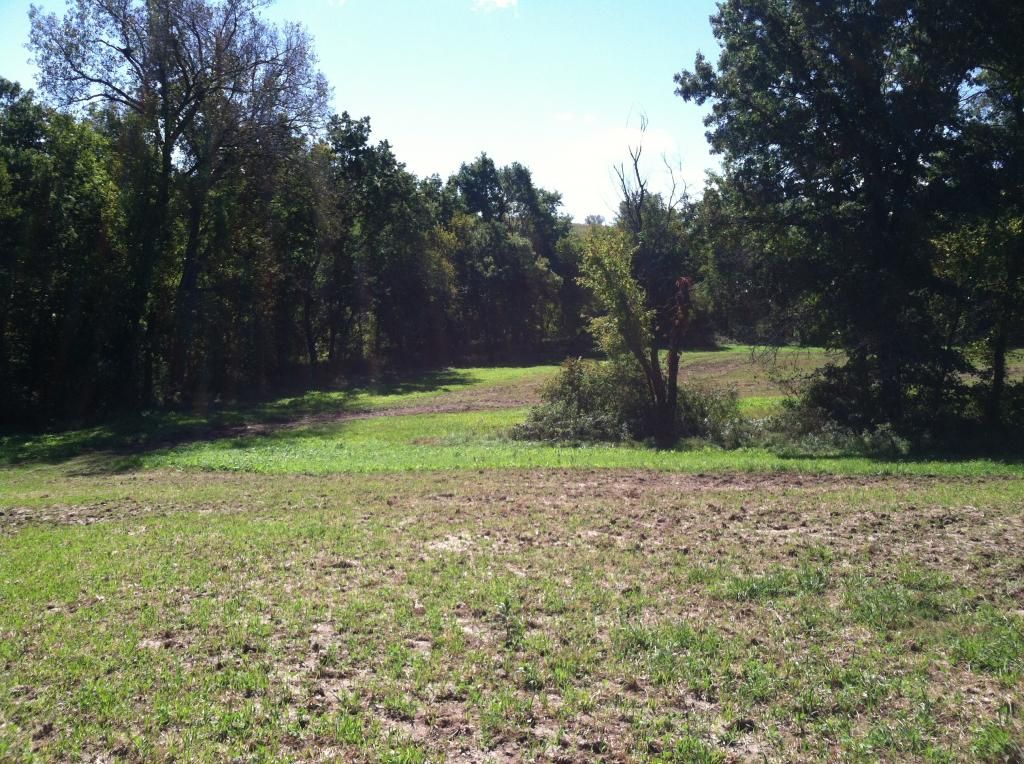
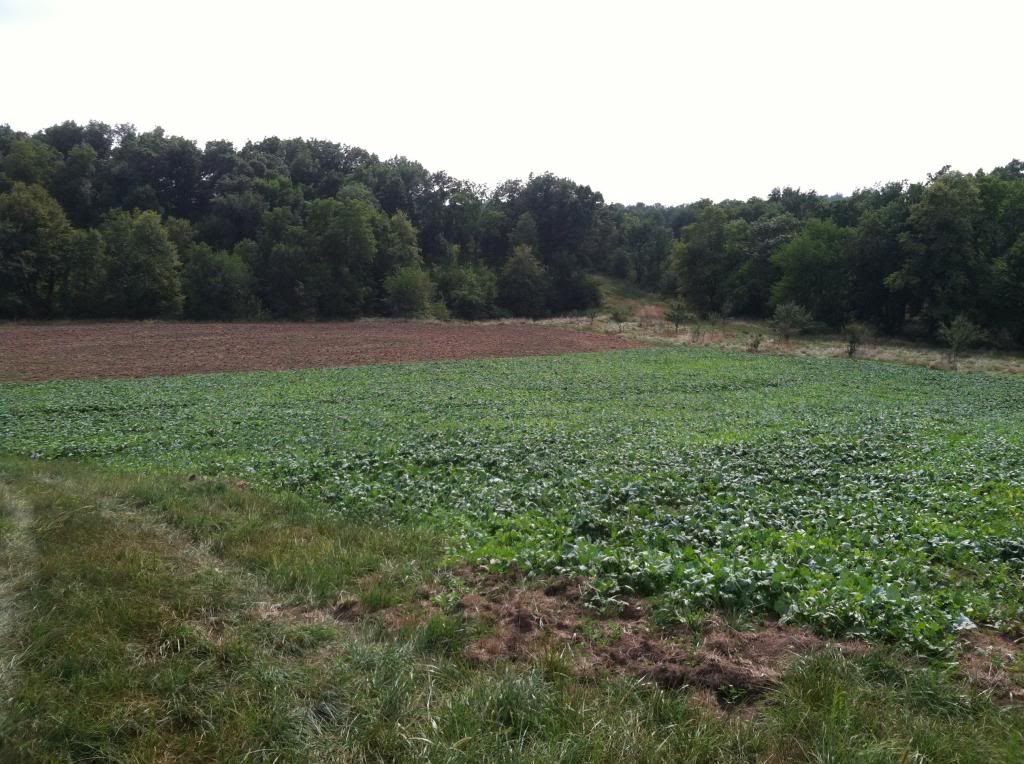
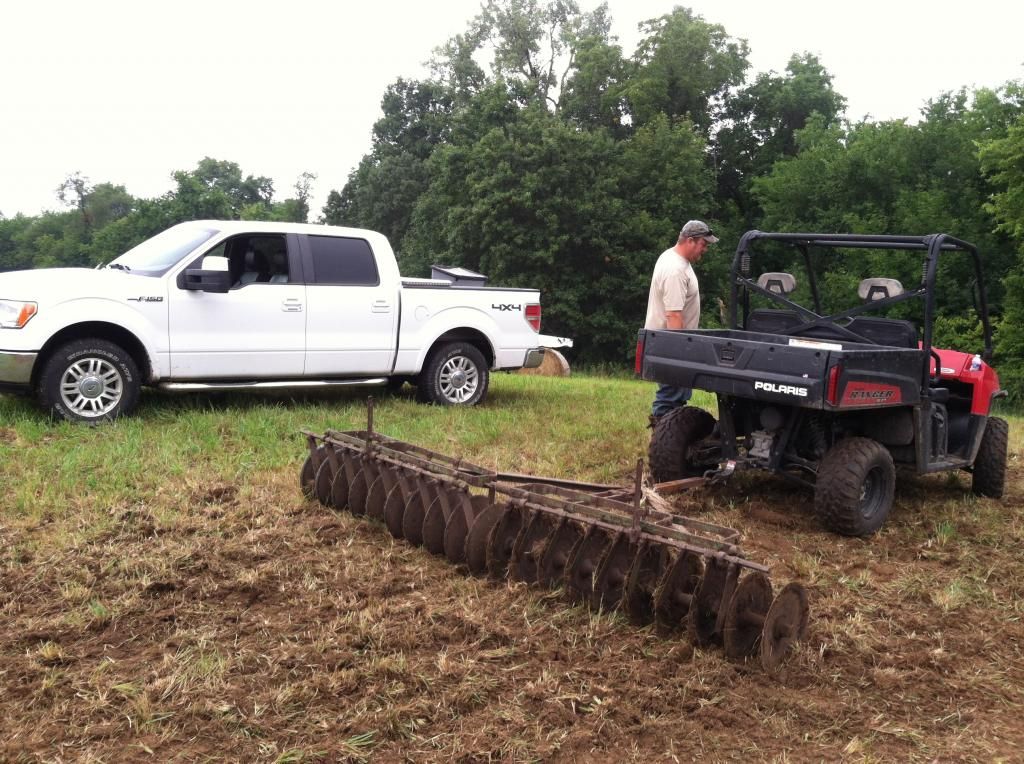
what i mean is if you are supposed to separate the different crops...lets say just for the sake of conversation that you spilt your "acre" into what would like a checker board, then it wouldnt take very much seed to accomplish each square, correct? so my one real question is, are you separating the seed like this? and then making adjustments to the seed rate for the size of your square?
thanks
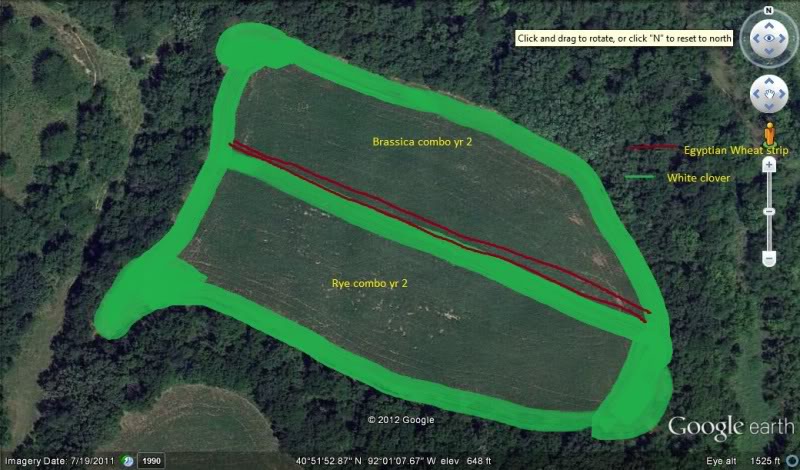
Paul Knox said:Now if you are like me and prefer to make things a little more interesting then you can plant a series of smaller/narrower strips limited only by your imagination.
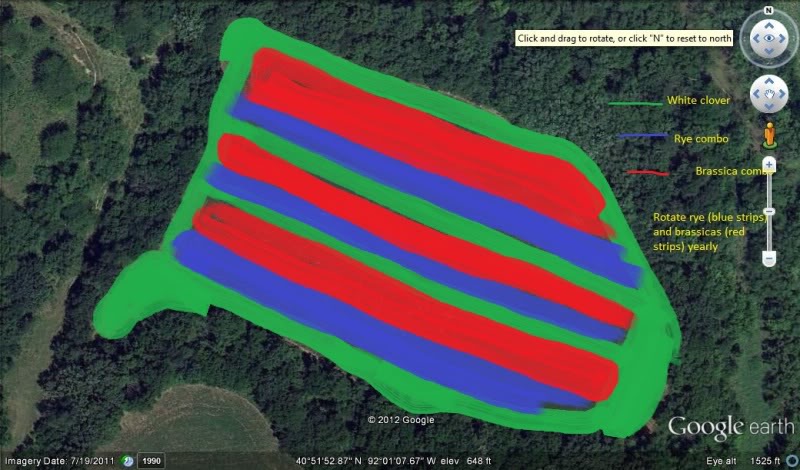
Thanks! Ok, so generally, your 10% clover only section will be the same year to year, and then just rotate the rye mix sections and brassica mix sections. I was trying to picture it with rotating the three sections (clover only, rye mix, brassica mix), which was confusing me a little.
Question, so when I plant my oats and clover following my brassica mix, when I go this year to plant my cereal grains, since I will have oats that I will be tilling under. Do I need to add as much oats to the new plot with seed already there how much would you cut the mix or none ?





How is everyone's rye from last fall looking? Ours is starting to send up seed heads. I think we'll lightly disc this plot in and then plant soybeans in the next few weeks. As Paul always preached, have diversity in your plots. Next to this rye is a mix of alfalfa and clover that helps provide some great year round food for the wildlife.
How is everyone's rye from last fall looking? Ours is starting to send up seed heads. I think we'll lightly disc this plot in and then plant soybeans in the next few weeks.
As Paul always preached, have diversity in your plots. Next to this rye is a mix of alfalfa and clover that helps provide some great year round food for the wildlife.










